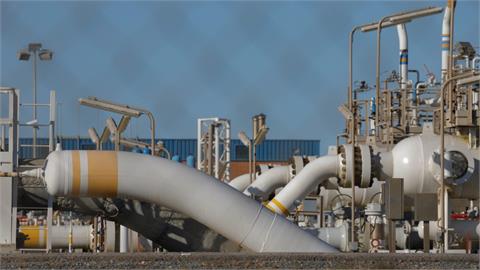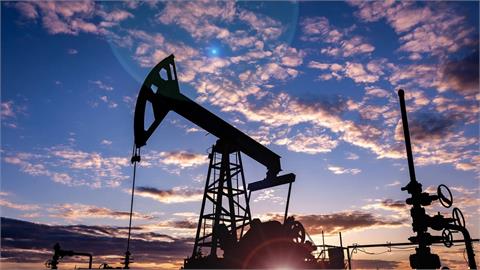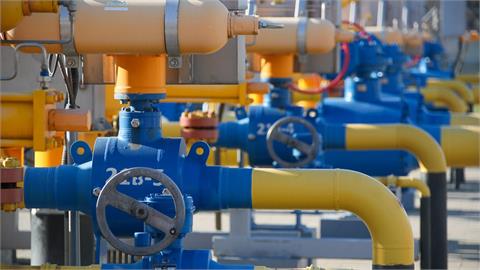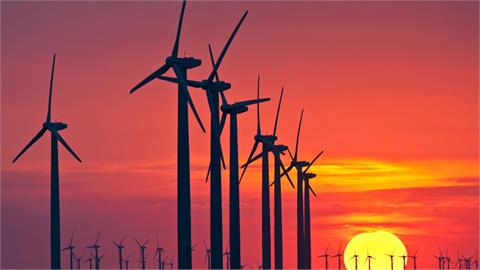South East Europe's natural gas market will be vulnerable to supply deficits when Russian gas transit through Ukraine ends in December 2020, according to James Henderson, director of the Natural Gas Program at Oxford Institute for Energy Studies on Monday.
Three key issues prevail against the free flow of gas in Europe’s southeast region, which represents around 5% of the EU’s total gas demand, totaling around 25 billion cubic meters (bcm) per year, Henderson explained.
The region has long been a transit area for Russian gas, with its entry point at Ukraine. From there it connects to the Trans Balkan Pipeline system to continue through Romania, Bulgaria, Greece, Turkey and the Republic of North Macedonia with small volumes coming via via Hungary to Serbia and Bosnia Herzegovina.
However, Henderson said the first issue is that most of this would change once the dual TurkStream (TS) natural gas pipeline is commissioned. "The [southeast] region, therefore, is very much part of the Ukraine transit requirement story. TS Line 1, dedicated to Turkey volumes, is likely to be onstream around the end of 2019, which will immediately remove some 13 bcm away from Ukraine transit," he said.
The second line of the TS will not be fully loaded until a new line is built through Bulgaria and Serbia, which Henderson said would lead into "interesting" regulatory issues and EU gas pipeline policy regarding Russia. Russia’s potential monopoly gas market position in Europe could defy Europe’s anti trust laws, which promote the maintenance of competition within the European Single Market by regulating anti-competitive conduct by companies.
A second key issue is the lack of regional market interconnectivity, according to Henderson. From the fourth quarter of 2020, the new Trans Adriatic Pipeline (TAP) will start to bring Shah Deniz 2 gas to Greece and Italy, and also Bulgaria. "Apart from Romania, which has been producing gas for over one hundred years, gas in the rest of the region has developed on the back of imports, most of which have been Russian," he said.
"The result of pipeline configuration built to do this has basically been the creation of island markets with no connectivity between them. Numerous interconnector projects have been promoted over the last 10-15 years, but very few built. The EU well recognizes the importance of interconnectivity in its general goal of an energy union and creating functioning liquid markets," he explained.
A third consideration Henderson cited was the prospect of both upstream and downstream developments in the region, mainly in offshore Romania and Bulgaria. The Black Sea is under-explored, and if discoveries located in the Romania offshore region can start-up, then the country has within its grasp the ability to become a small exporter by the mid-2020s, he said.
"This would encourage regional interconnectivity as surpluses would need to be moved, and the addition of another supply line would also support market liquidity. There is also ongoing exploration activity offshore Bulgaria," he said.
Henderson recounted the outgoing EU Energy & Climate Commissioner Miguel Arias Canete's words when he said that he expects all of the EU’s gas markets to be well connected and resilient to supply shocks by 2025. Henderson concluded that this is possible for the southeast of Europe, although a lot of basic infrastructure and market building remains to be completed.
(Anadolu Agency)



